Ah, the 1980s—when hair was big, colors were bright, and technology was just starting to transform our everyday lives. For those who grew up during this vibrant decade, certain motions and rituals became second nature, creating a shared experience that binds us together in nostalgic recollection decades later. Whether you were a mall rat, video game enthusiast, or just trying to record your favorite songs off the radio, these physical actions were part of the cultural fabric that defined a generation.
1. Rewinding a Cassette Tape with a Pencil

When your Walkman batteries died mid-song or your tape player decided to “eat” your favorite cassette, you knew exactly what to do. Grabbing a trusty number two pencil, you’d slide it into one of the cassette’s sprockets and twist, twist, twist until the magnetic tape was safely back where it belonged. This simple hack saved countless tapes from the garbage bin and demonstrated the resourcefulness that defined pre-internet problem solving. TapeHeads also has some other household tools that may do the trick faster, albeit with greater risk.
The satisfying feeling of manually rewinding that tape, watching as the clear plastic window showed your progress, created a physical connection to the music that streaming simply can’t replicate. While today’s kids might never understand the patience required, ’80s kids remember that gratifying moment when you popped the repaired cassette back into your player and heard those first notes. The pencil-as-repair-tool technique became such common knowledge that many carried one specifically for emergency tape restoration.
2. Adjusting the Tracking on a VCR
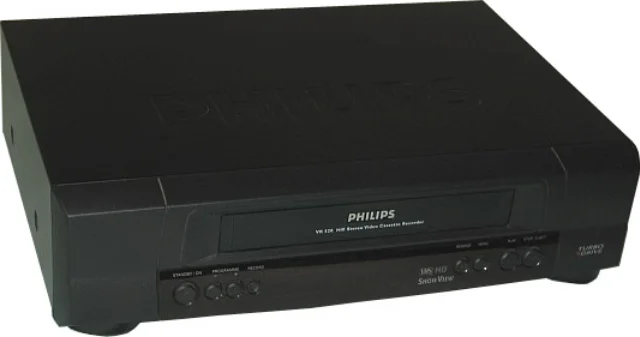
Nothing could ruin movie night faster than the dreaded tracking issues that plagued VHS tapes, sending those fuzzy lines scrolling across your favorite scenes. With the determination of a surgeon, you’d reach for the tracking knob on your VCR and slowly turn it back and forth until the picture stabilized. The whole family would hold their breath during this delicate operation, offering unhelpful advice like “a little more to the left” or “you’ve gone too far!” It’s unthinkable today, but CBC reports that there was a time the film industry actually worried VCRs would kill movies.
The tracking adjustment was truly an art form, requiring a gentle touch and intuition that seemed almost magical to the uninitiated. Sometimes you’d spend five minutes getting it just right, only to have the picture go wonky again fifteen minutes later, prompting another round of fine-tuning. Despite the frustration, there was an undeniable satisfaction in successfully clearing up the picture—a small technical victory in the analog world before digital perfection made such skills obsolete.
3. Blowing into Nintendo Cartridges
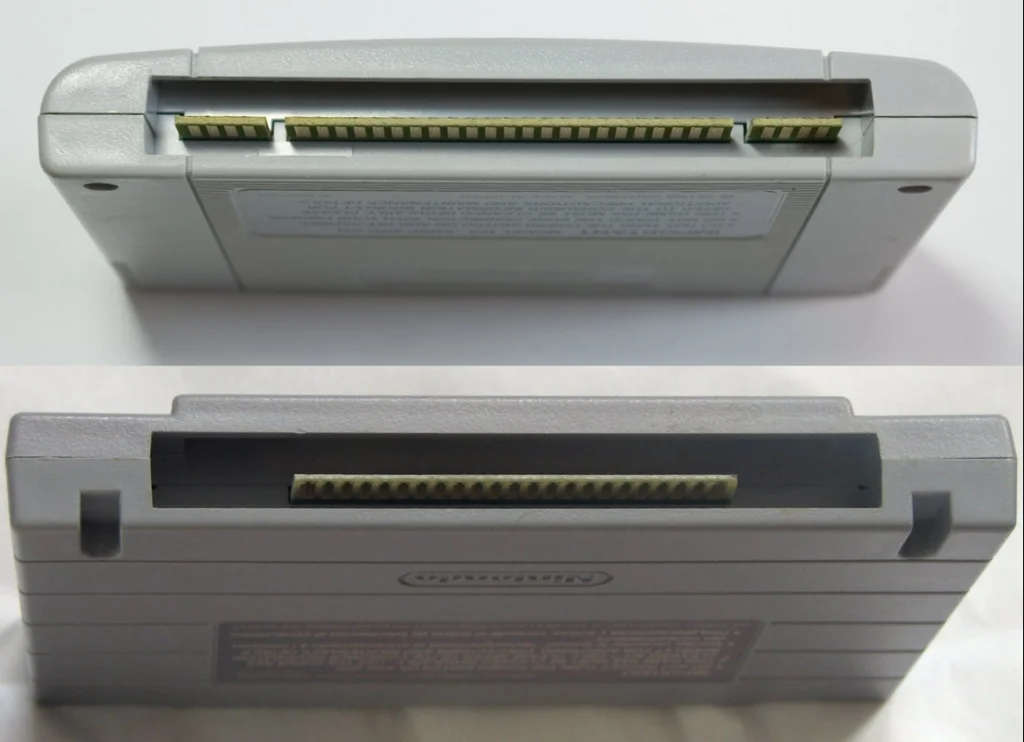
When your Nintendo game showed nothing but a glitchy screen or wouldn’t load at all, you instinctively knew the solution—remove the cartridge, blow forcefully into the bottom edge, and reinsert it with slightly more pressure. Despite Nintendo’s official warnings against this practice, every kid on the block swore by this mystical fix, which seemed to work through some combination of luck and childhood magic. The ritual was so commonplace that the specific “blow pattern” became muscle memory—a short burst followed by a longer one, sometimes with a final puff for good measure. Mental Floss goes further and clears the air on whether this worked or not, and why.
What we didn’t know then was that our breath’s moisture was actually causing long-term damage to the copper connectors inside the cartridges. Yet somehow, against all technical logic, the blowing technique often worked, at least temporarily, allowing us to return to exploring Hyrule or rescuing Princess Peach. Some creative troubleshooters even developed advanced techniques, like the double-blow or the side-to-side method, elevating this simple act to an elaborate restoration ceremony known to ’80s children everywhere.
4. Untangling a Phone Cord

The coiled cord connecting your landline phone to its handset was perpetually tangled, no matter how carefully you tried to hang it up after each call. You’d spend idle minutes during long conversations with friends methodically untangling the spiral cord, watching with satisfaction as it dangled freely before inevitably coiling back into a chaotic mess. For the truly dedicated, the process involved holding the phone overhead and letting the handset spin freely until the cord untwisted itself—a sight that would baffle today’s wireless generation.
The length of your phone cord determined your privacy radius—how far you could stretch around the corner or into a closet to whisper your secrets away from prying parental ears. Some households boasted extra-long cords that allowed unprecedented mobility, the ’80s equivalent of wireless freedom that permitted wandering into another room during important calls. When the cord finally became too damaged from repeated stretching and twisting, the exposed wires wrapped in electrical tape became a household badge of honor, proof of your family’s dedication to staying connected.
5. Making a Mixed Tape

Creating the perfect mix tape was a labor of love that required planning, timing, and a finger poised above the record button. You’d sit by the radio for hours, waiting for your favorite songs to play so you could capture them on cassette, often missing the first few seconds as you scrambled to press record. Each tape became a personal statement—a carefully curated soundtrack for road trips, romantic gestures, or simply showcasing your superior musical taste.
The physical constraints of the cassette format meant calculating song lengths to maximize each side’s 45-minute capacity, sometimes cutting songs short to fit just one more track. The finishing touch was creating an artistic insert for the case, meticulously writing out song titles and artists in your best handwriting or using magazine cutouts for a collage effect. Unlike today’s instantly-generated playlists, these analog compilations represented hours of work and genuine emotional investment—physical artifacts of your musical journey that many still treasure in boxes of memorabilia.
6. Adjusting Rabbit Ear Antennas

The delicate art of television antenna adjustment required patience, steady hands, and occasionally, makeshift enhancements like aluminum foil. Standing beside the TV with arms outstretched, you’d minutely adjust those metal rods while someone else shouted updates about the picture quality from the couch. The sweet spot that delivered crystal-clear reception seemed to exist in a quantum state—there one moment and gone the next, especially when important scenes were about to happen.
Weather conditions, passing trucks, or someone walking through the room could disrupt your carefully calibrated setup, necessitating a return to antenna duty. The most dedicated families developed elaborate systems involving specific antenna angles for different channels, sometimes marking positions on the floor or creating detailed instructions for optimal viewing. When cable television became widespread, many households still kept their rabbit ears as backup, unwilling to fully trust this new technology that didn’t require the physical communion with electromagnetic waves that had become second nature.
7. Pumping Up Reebok Pumps or Adjusting Hypercolor Shirts

Fashion in the ’80s wasn’t just about looking good—it was interactive, requiring physical manipulation for maximum effect. Pumping up your Reebok sneakers before hitting the basketball court was a ritual that combined utility with showing off, each squeeze of the little basketball-shaped button on the tongue supposedly enhancing your athletic performance. The satisfying resistance as you pumped and the distinctive sound became signature movements of playground cool, regardless of whether the air cushioning actually helped your jump shot.
Temperature-sensitive Hypercolor shirts required their own form of physical interaction, as you’d press your hand against the fabric to leave a temporary handprint through body heat. Friends would draw patterns by breathing on sections of your shirt or pressing ice cubes against it to create color-changing designs that lasted just minutes before fading away. These garments demanded constant attention and adjustment, making fashion an active rather than passive experience—a hallmark of ’80s style that celebrated technological novelty and personal customization.
8. Fixing a Squeaky Floppy Disk
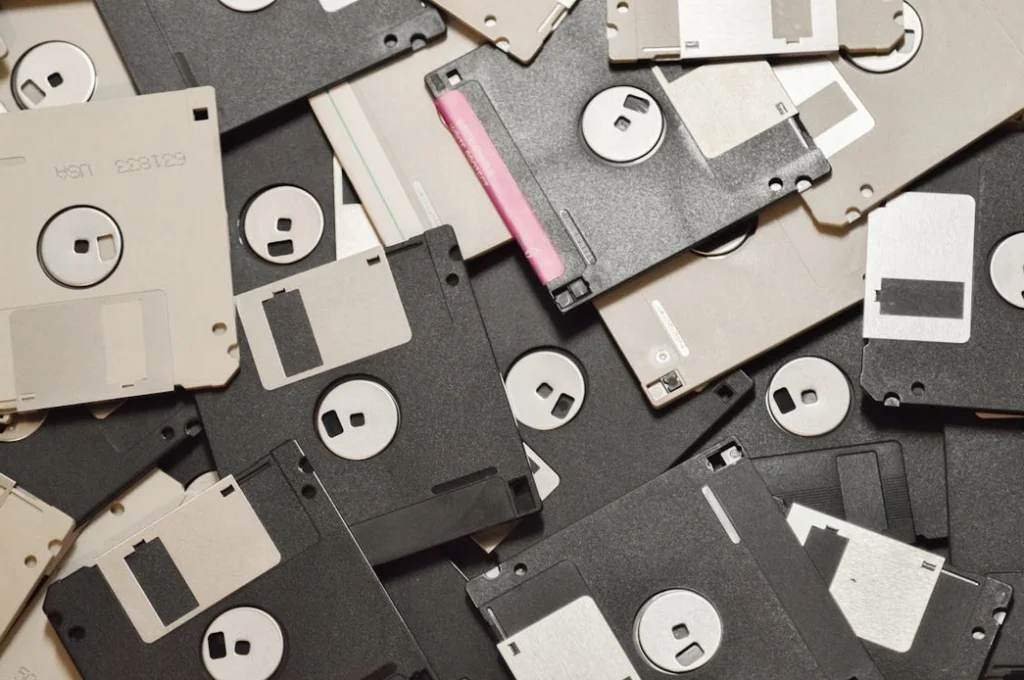
When your computer suddenly couldn’t read your essential floppy disk—containing that book report due tomorrow—panic would set in, followed by a series of increasingly desperate troubleshooting attempts. The tried-and-true method involved gently removing the flexible magnetic disk from its rigid casing (after sliding back the metal shutter) and applying a tiny drop of sewing machine oil to the center hub. This delicate operation required steady hands and confidence, as one wrong move could destroy all your carefully typed work.
For less adventurous types, simply ejecting and reinserting the disk multiple times sometimes did the trick, along with cleaning the disk drive using specialized cleaning kits with their own ritualistic procedures. The distinctive clicking and whirring sounds of a healthy disk drive provided immediate auditory feedback about whether your repair efforts had succeeded. When your data finally appeared on screen after a successful fix, the relief was immense—you’d cheated technological failure through physical intervention, a uniquely satisfying victory in the early computing era.
9. Programming the VCR Clock and Timer
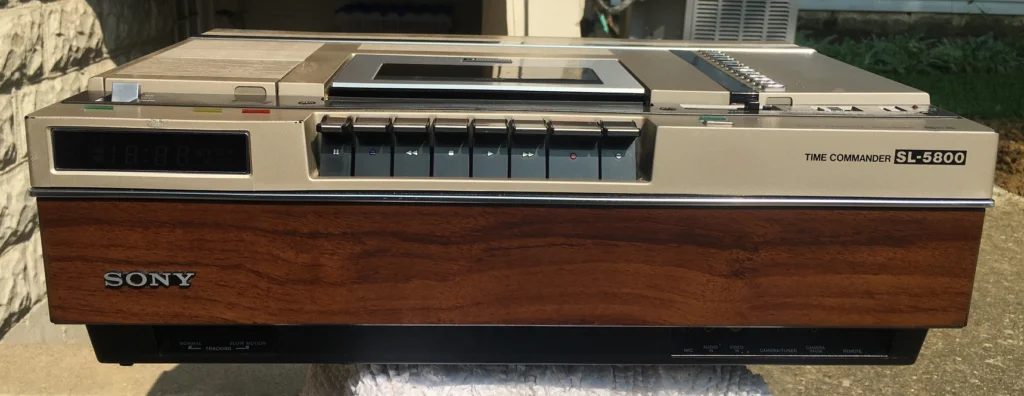
The blinking “12:00” on VCR displays became a universal symbol of technological surrender in many households, but those who mastered the arcane art of VCR programming wielded special power. Setting the clock required navigating a labyrinthine series of button combinations that seemed deliberately designed to confuse, often involving holding down two buttons simultaneously while pressing a third in a specific rhythm. Successfully synchronized clocks became points of pride, evidence of technological mastery that neighbors might consult when their own machines needed adjustment.
Programming the timer to record shows while you were away took this skill to an entirely new level, requiring precise input of start and end times, channel numbers, and recording speed. The crushing disappointment of returning home to find you’d recorded three hours of static or the wrong channel was a rite of passage for ’80s media consumers. Those who could reliably capture their favorite shows while away earned family fame as the household VCR whisperer, their skills called upon whenever important programming needed preservation.
10. Raising the Car Window Manually

Before power windows became standard, driving with friends meant everyone took responsibility for their own window management using the hand crank installed in each door. The distinctive circular motion required to lower or raise car windows built forearm muscles and tested patience, especially when you needed to close all four windows quickly before rain soaked the interior. The resistance of a sticky or aging mechanism could make this simple task a genuine workout, requiring both strength and determination.
The physical effort involved created a natural barrier to casual window adjustment—you’d think twice before cranking your window down for momentary cooling if you knew you’d have to work to close it again. Partially lowered windows created that distinctive buffeting thrum that could only be eliminated by precise adjustment, finding the sweet spot where air flowed without creating painful pressure changes. The satisfying resistance of the handle and the direct mechanical connection between your effort and result represented a more physically engaged relationship with vehicles that modern push-button convenience has largely eliminated.
11. Finding Your Way Using Paper Maps
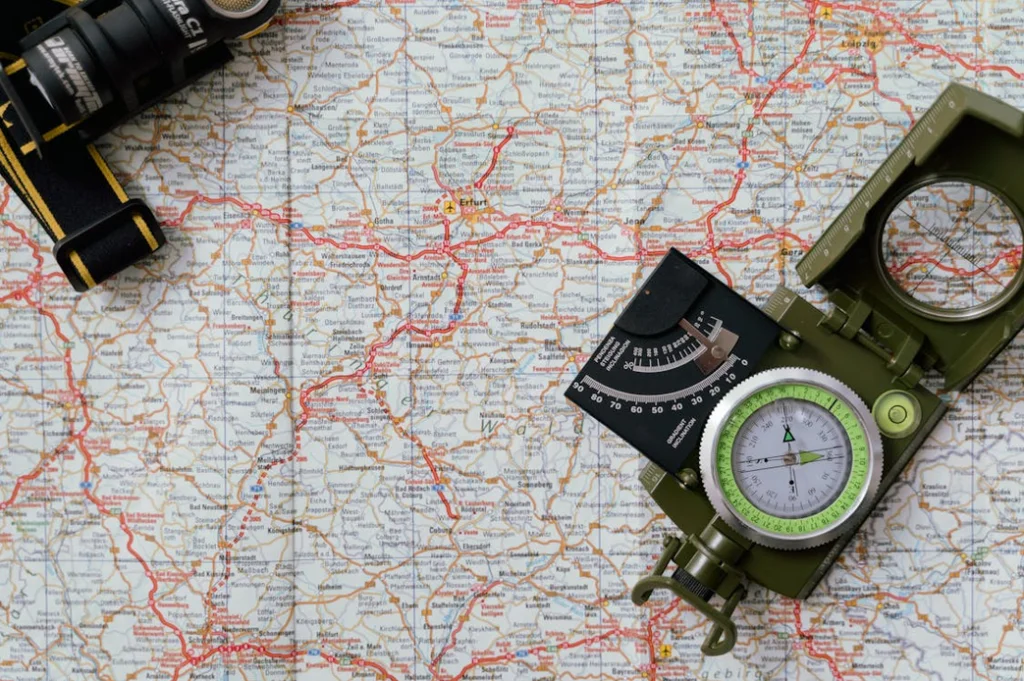
Before GPS and smartphones put turn-by-turn directions in everyone’s pocket, navigation required planning, spatial awareness, and the ability to refold an unwieldy paper map. Road trips began with a co-pilot unfolding the massive state map across the dashboard, attempting to locate current position and plot a route while the driver periodically asked, “Where do I turn next?” The physical interaction with maps—tracing routes with fingers, highlighting planned paths, and writing notes in margins—created a tactile connection to the journey that screen-based navigation lacks.
The challenge of refolding those maps along their original creases became a running joke and genuine frustration, with some maps never returning to their original neat rectangular form after the first unfolding. Gas station attendants could often spot confused tourists by their impromptu roadside map-consultation sessions, vehicles pulled over as entire families debated the best route forward. The confidence that came from successfully navigating to a new destination using only paper guidance created a sense of accomplishment that automated systems can’t replicate—you hadn’t just arrived somewhere new; you’d conquered the challenge of finding your own way there.
12. Shaking a Polaroid Picture
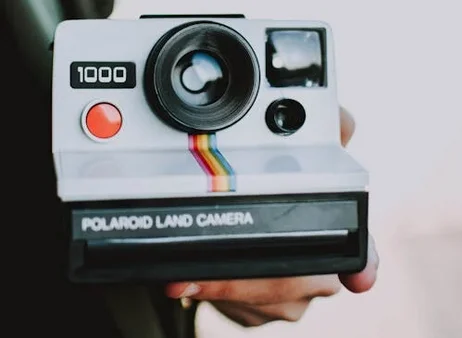
The distinctive white-bordered Polaroid photo emerging from the camera demanded immediate attention and physical handling. Despite the fact that shaking a developing Polaroid didn’t actually improve the development process (and could potentially damage it), nearly everyone instinctively grabbed the fresh photo by its white border and flapped it vigorously in the air. This universal gesture became so associated with instant photography that it transcended practical purpose, becoming a ritual celebration of the moment being captured and preserved.
Watching the initially murky image slowly sharpen into focus created a shared experience for everyone present, gathering around to witness this small chemical miracle. The developing Polaroid represented photography as performance art, with the photographer often narrating the emerging details: “Look, you can see your face now!” or “Wait, I think your eyes were closed!” Unlike digital photography’s instant results, this gradual revelation built anticipation and made each photograph an event rather than just an image—a physical process that engaged multiple senses and created memories beyond what was captured in the frame.
13. Adjusting TV or Radio Antennas for Better Reception
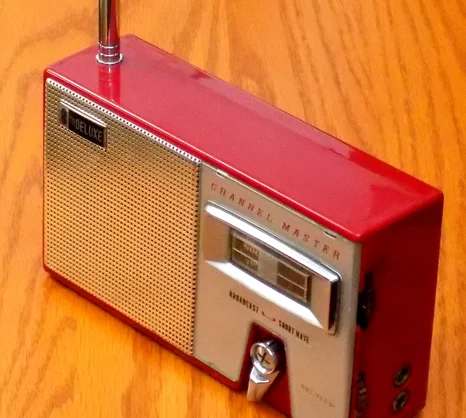
When favorite songs came on the radio slightly obscured by static, ’80s kids knew exactly what to do—carefully adjust the antenna while keeping perfectly still once the sweet spot was found. The telescoping antennas on portable radios required precise extension length and angle, sometimes leading to contortionist positions as you held the radio in one hand while extending the other arm as a human signal booster. The most dedicated music fans would stand motionless for entire songs, afraid that the slightest movement would disrupt the precarious connection to the signal.
Car radios presented their own challenges, with dashboard adjustment knobs fighting against atmospheric conditions and geographic features. Driving through tunnels or mountainous areas meant accepting temporary signal loss as natural interruptions in the musical experience, often prompting carloads of teenagers to fill the silence by singing the missing portions of favorite songs. The physical relationship between body position, antenna orientation, and signal quality created an interactive listening experience that streaming services can’t replicate—your body became part of the reception equipment, engaged in a personal dance with invisible radio waves.
14. Waiting for Photographs to Be Developed
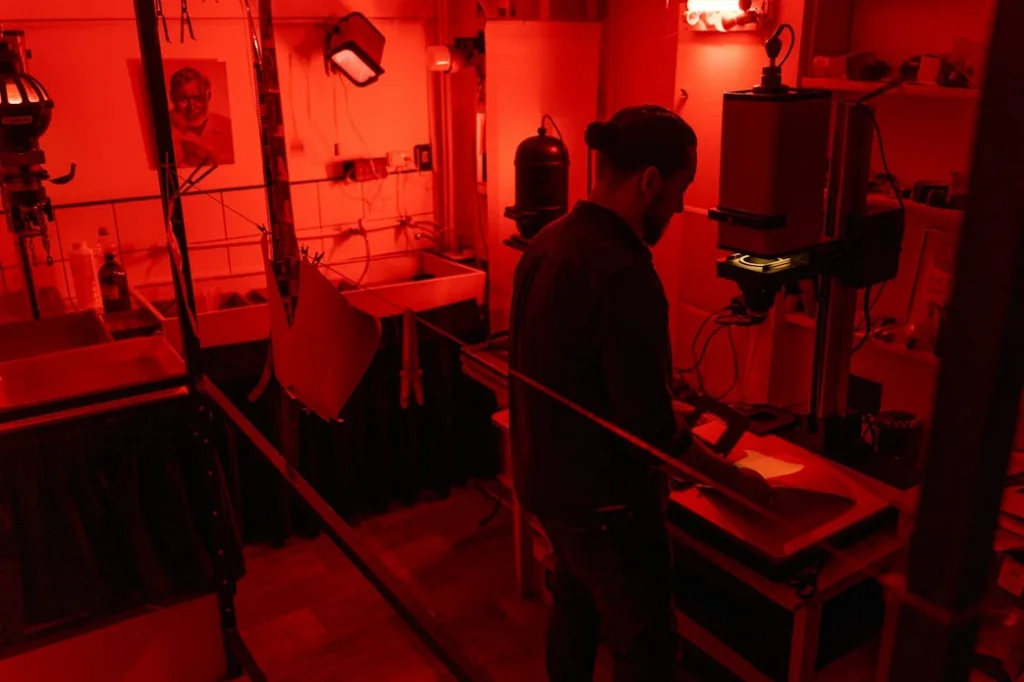
The anticipation of dropping off a roll of film and waiting days to see if your photographs turned out well created a delayed gratification that’s foreign to today’s instant digital photography. Carefully removing the film from your camera, rewinding it into its canister, and delivering it to the photo counter began a countdown of excitement and anxiety about whether you’d captured the moments you intended. The physical act of filling out the development envelope—checking boxes for glossy or matte finish, single or double prints—was the final step in your role as photographer before surrendering your memories to chemical processing.
The return trip to pick up your photos days later brought a unique combination of excitement and dread—would the special moments be preserved as you remembered them, or would you find a collection of blurry images, closed eyes, and accidental thumb appearances? Sitting in your car outside the photo shop, eagerly flipping through the freshly developed stack created a reveal ritual that digital preview screens have eliminated. The physical prints, limited by the 24 or 36 exposures on your roll, held more value precisely because of their scarcity and the effort involved in their creation—each successful image represented a triumph of timing and technique in an era before unlimited digital do-overs.
The physical rituals that defined growing up in the 1980s created a generation comfortable with troubleshooting, patient with technology’s limitations, and appreciative of the effort behind conveniences we now take for granted. While today’s kids might view these actions as quaint or unnecessarily complicated, they fostered skills and mindsets that many ’80s children carry into adulthood—an understanding that sometimes the most satisfying solutions involve rolling up your sleeves and physically engaging with the world. These shared experiences created a generation fluent in both analog and digital languages, bridging worlds in ways that make the ’80s kid perspective uniquely valuable in our rapidly evolving technological landscape.


